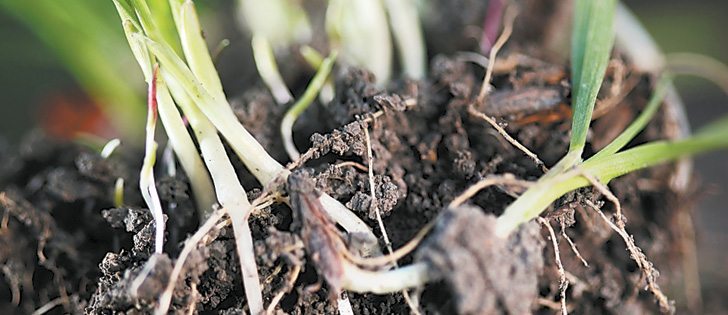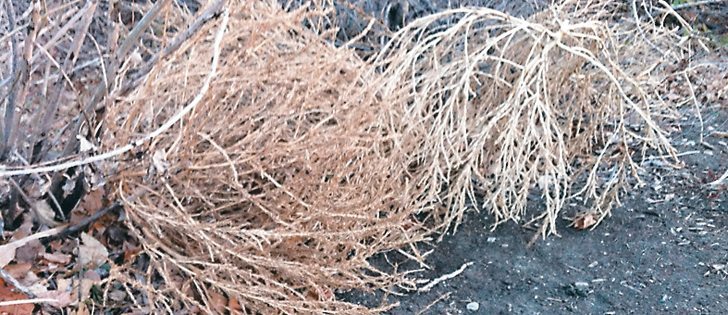Preliminary results of herbicide resistance testing in weed samples from last year shows a trend toward Group 2 resistant wild oats.
The testing done at the Saskatchewan Crop Protection Lab in Sask-atoon examined 235 weed samples: 76 from Saskatchewan, 103 from Alberta and 56 from Manitoba.
Twenty-two samples were not yet completed when the preliminary results came out earlier this month. As well, a number required repeat testing while others couldn’t be tested because of poor seed.
Saskatchewan weed specialist Clark Brenzil said most samples were wild oats, and the number of Group 2 resistant samples, particularly in Manitoba and Alberta, stood out.
Read Also

Growing garlic by the thousands in Manitoba
Grower holds a planting party day every fall as a crowd gathers to help put 28,000 plants, and sometimes more, into theground
In Manitoba, 43 samples were resistant to Group 2 products. Eight were resistant to Group 1 and two were resistant to both. One sample was resistant to groups 2 and 8, and one sample was not resistant to Group 2.
Twenty-two Alberta samples were resistant to Group 2, 49 were resistant to Group 1, 11 were resistant to both, one was resistant to group 1 and 8 and one was resistant to a combination of groups 1, 2, and 8. Six were not resistant to the herbicides tested.
In Saskatchewan, there were just two Group 2 resistant samples, while 31 were resistant to Group 1, five were resistant to both and five weren’t resistant at all.
Ten of the submitted samples could not be tested because they contained seed that wasn’t viable.
“It really indicates that the way that producers responded to Group 1 resistance was they just made a wholesale switch to Group 2 products,” Brenzil said.
“So now what’s happening is that you’re seeing that they’re selecting for Group 2 resistance in those same wild oats again. Once that happens, then they have products that they really didn’t want to go towards left in their arsenal and that’s about it.”
Those products include Group 8 herbicides such as Avadex. Brenzil said producers are less enthusiastic about using these kinds of soil active products.
Application timing is a concern for some. Avadex is applied in late fall unless it is incorporated into the soil. As well, some may not have the equipment that is required to apply the granular product.
Another option in Group 8 is Avenge, which contains the active ingredient difenzoquat.
Brenzil said producers aren’t too keen about this product because it works at a later growth stage.
“Its ideal growth range is between three and six leaves of the wild oats, and all the science is saying control your wild oats in the two to three leaf stage to get the optimum yield. So it’s always had this kind of reputation as a rescue product.”
However, producers will have to find ways to manage weeds resistant to multiple herbicide groups.
Other findings from last year’s samples included Group 2 herbicide resistance in one cleavers sample from Manitoba, five from Saskatchewan and two from Alberta.
Three samples of Persian darnel from Saskatchewan were resistant to Group 1, and one stinkweed sample was resistant to Group 2. One wild mustard sample couldn’t be tested because of poor seed.


















